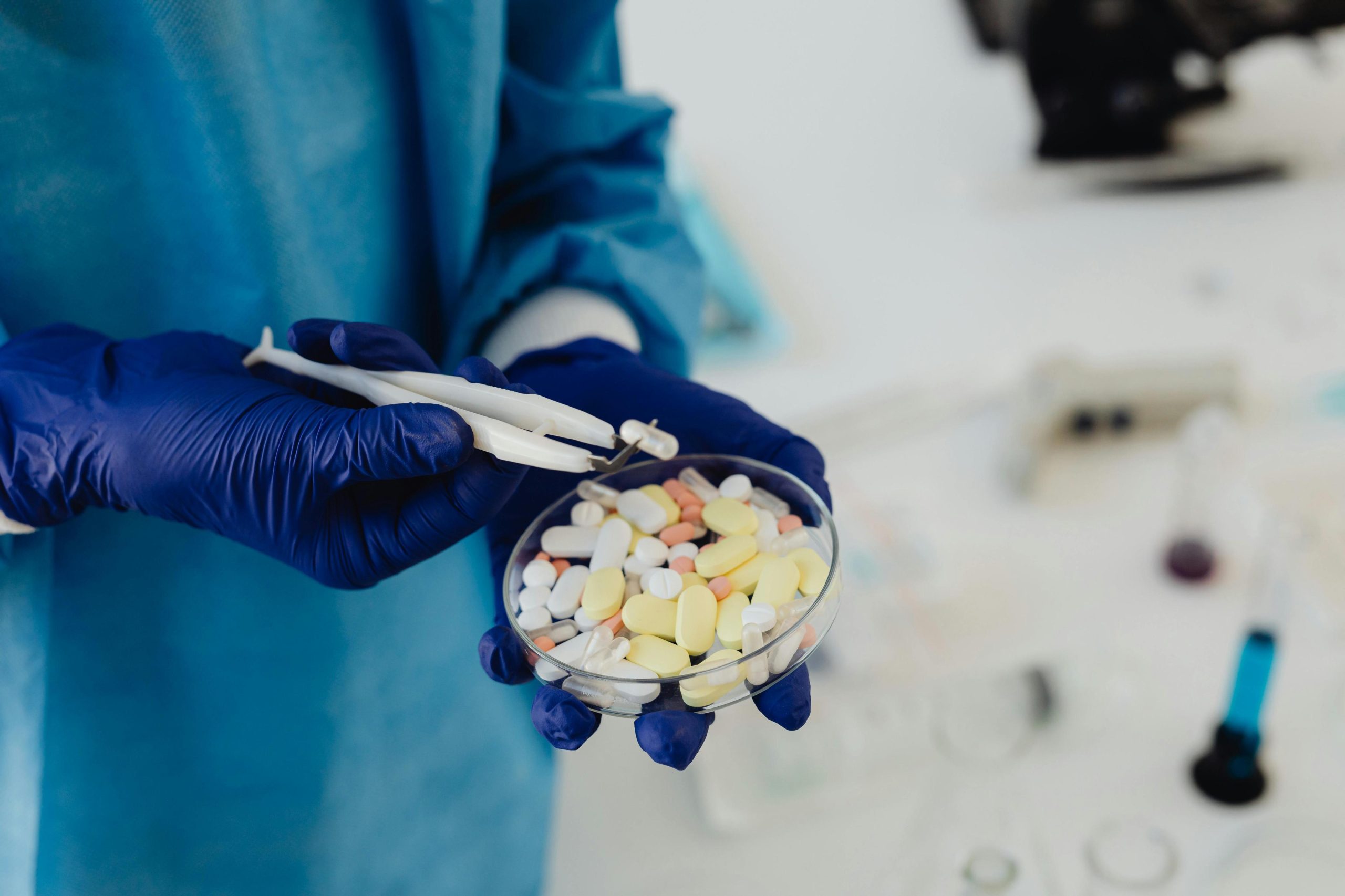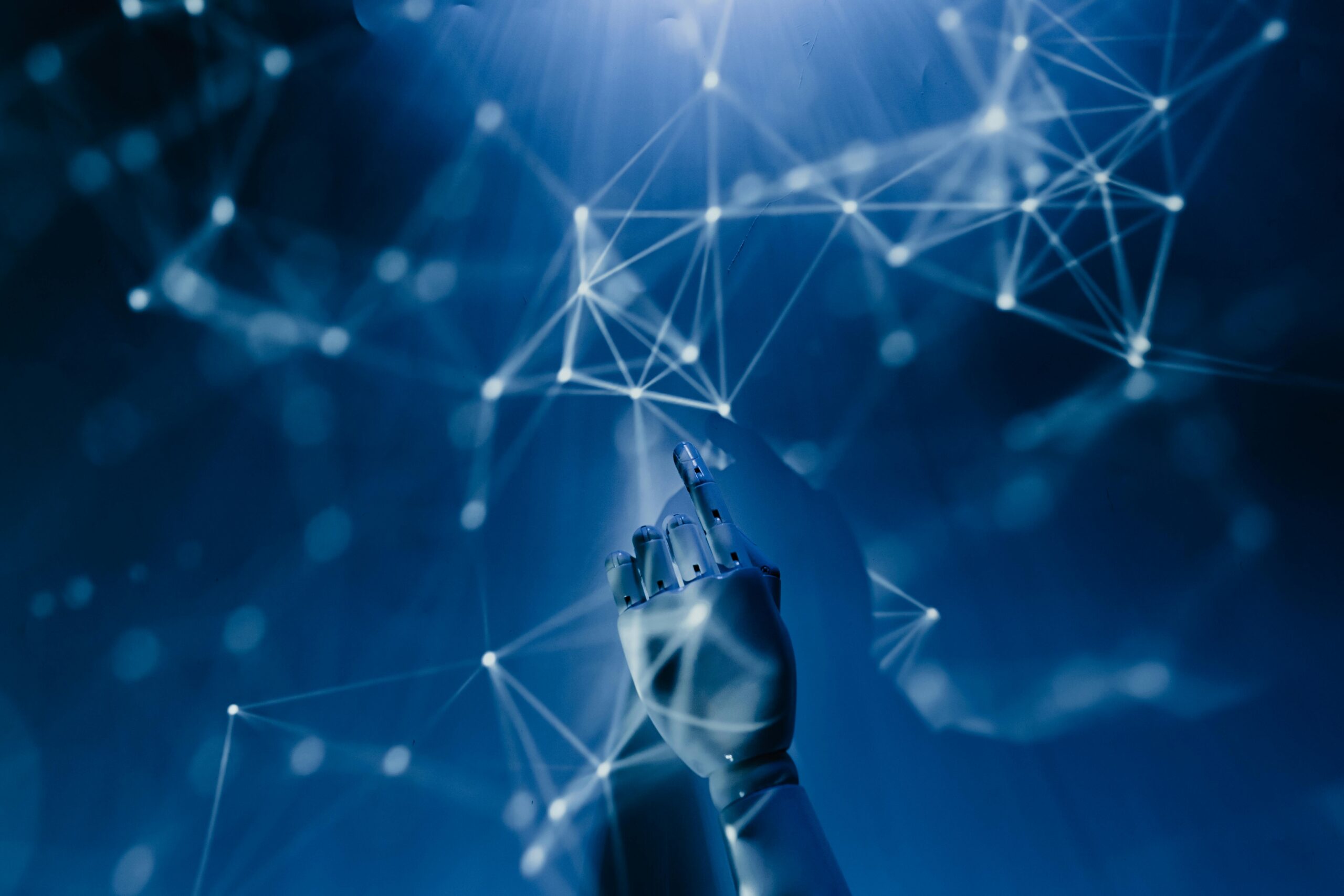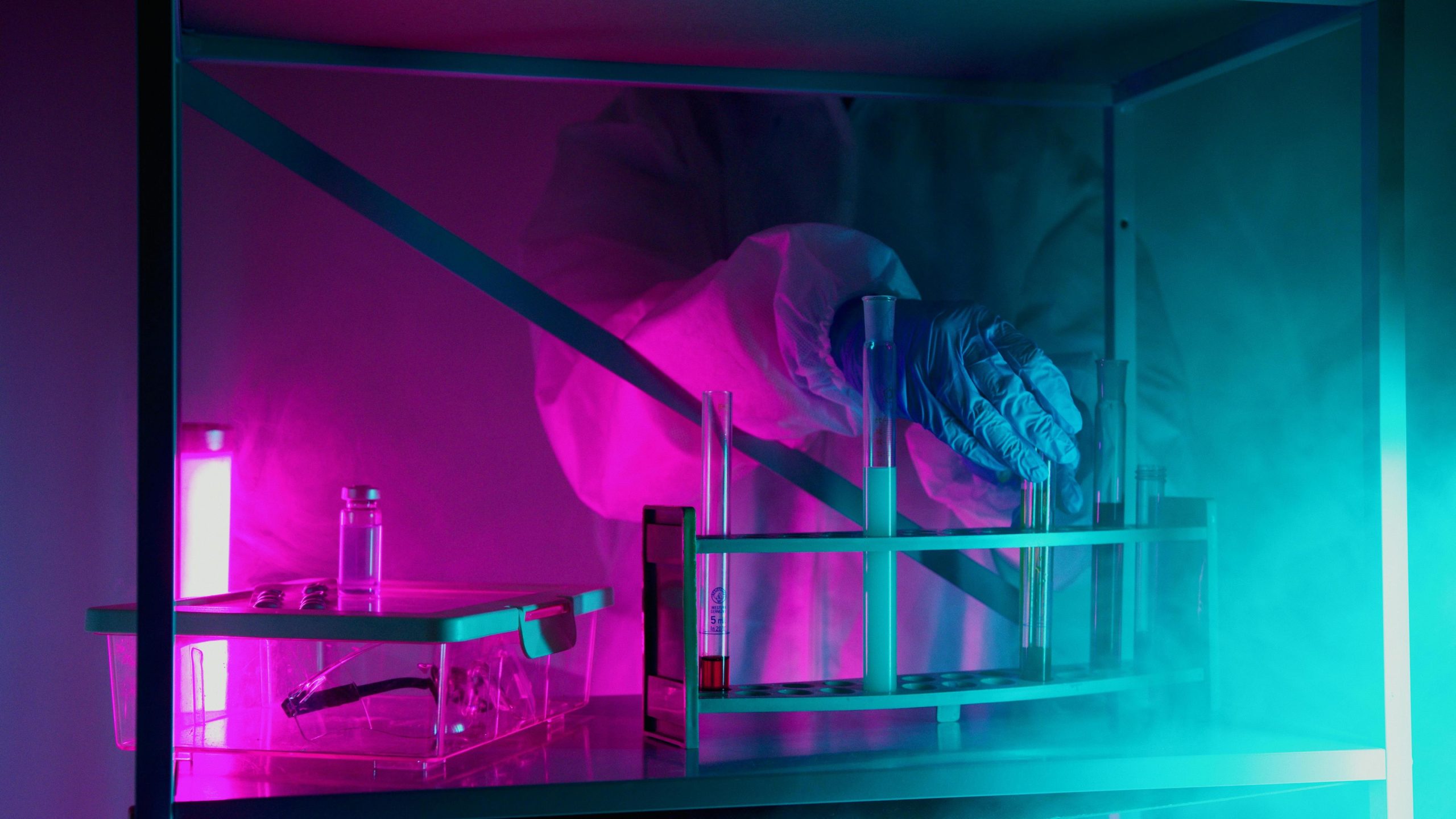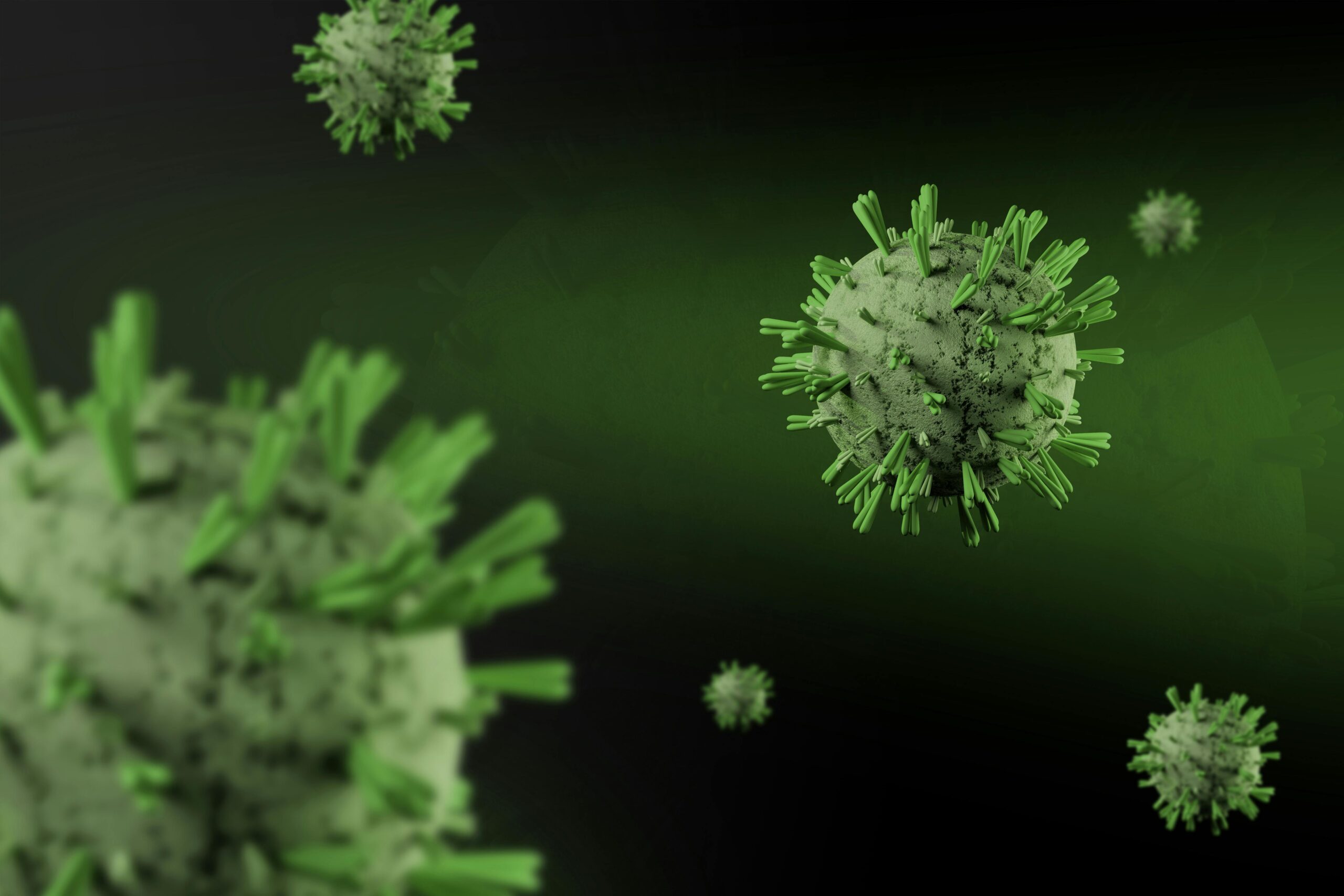In today’s fast-paced world, ultra-processed foods dominate supermarket shelves and fast-food menus, making high sugar intake a common issue. While sugar enhances flavor an provides quick energy, excessive consumption poses significan health risks. From increasing the likelihood of heart disease to raising cholesterol and blood pressure, sugar’s impact goes beyond just adding extra calories. This blog explores the sources of sugar in the UK diet, its effects on cardiometabolic health, and practical strategies to reduce sugar intake. Understanding these factors can help us make informed choices for a healthier future. Where Does All This Sugar Come From? A large percentage of the sugar we consume doesn’t just come from sweet treats—it is hidden in everyday foods, including cereals, bread, sauces, and beverages. A study on UK dietary habits reveals that: • 64.7% of sugar intake comes from ultra-processed foods, such as snacks, sodas, and sweets. • 11.5% is from processed foods, including store-bought bread, canned goods, and flavored yogurt • 23.8% comes from unprocessed or minimally processed foods, like fruits, vegetables, and milk. This breakdown highlights the overwhelming presence of added sugars in our diets. While unprocessed foods naturally contain some sugars, ultra-processed foods contribute the most to excessive sugar intake. Who Consumes the Most Sugar? Excess sugar consumption is widespread across all age groups, but some are more affected than others: • Teenagers (ages 11–18) consume the most sugar, with 83% exceeding recommended limits. • Children (ages 4–10) follow closely, with 75% surpassing safe levels. • Adults (ages 19–64) also struggle, with 61% consuming more sugar than advised. These numbers indicate that the habit of over-consuming sugar starts early in life, making dietary education crucial. Encouraging healthier eating habits among children and teenagers can significantly reduce their long-term risk o developing diet-related diseases. The Hidden Health Dangers of Sugar 1. Sugar and Blood Pressure Many people associate high blood pressure (hypertension) with salty foods, but sugar also plays a critical role. Research shows that excess sugar: • Triggers an increase in blood pressure, similar to the effects of stress or excitement. • Causes the body to retain sodium, further elevating blood pressure levels. • Stimulates the overproduction of insulin, which narrows blood vessels and increases pressure against artery walls. A long-term diet high in sugar can contribute to chronic hypertension, increasing the risk of heart disease and stroke . 2. Sugar and Cholesterol: The Hidden Connection Many assume cholesterol issues are linked to fatty foods, but sugar also affects blood lipid levels. Here’s how: • Increased triglycerides: Triglycerides are fats found in the blood, and high sugar intake raises their levels, increasing the risk of artery blockages. • Elevated total cholesterol: Excess sugar contributes to higher overall cholesterol levels, raising the risk of cardiovascular disease. • Boosted LDL (bad cholesterol): High sugar intake raises low-density lipoprotein (LDL) cholesterol, which builds up in arteries, narrowing them over time. These disruptions can lead to serious health problems, including heart attacks and strokes. Consistently high sugar intake fuels inflammation and oxidative stress in the body further damaging cardiovascular health. What Are the Recommended Sugar Limits? To protect long-term health, the World Health Organization (WHO) recommends that added sugars should make up no more than 10% of daily energy intake. Ideally, reducing sugar consumption to 5% of total energy intake can provide even greater health benefit For an average adult: • The maximum daily sugar intake should be around 50g (12 teaspoons) based on a 10% limit. • For better health outcomes, a reduced limit of 25g (6 teaspoons) is recommended. These limits include added sugars from processed foods, sugary drinks, and sweets but do not include natural sugars found in whole fruits and dairy products. How to Cut Down on Sugar Reducing sugar intake can be challenging, especially when processed foods are convenient and widely available. However, small lifestyle changes can have a big impact. 1. Read Nutrition Labels Many packaged foods contain hidden sugars under different names, such as: • High-fructose corn syrup • Dextrose • Maltose • Sucrose Checking food labels for these ingredients can help you make healthier choices. 2. Swap Sugary Drinks for Healthier Alternatives Sugary beverages, including sodas, flavored coffee drinks, an fruit juices, are some of the biggest contributors to excessive sugar intake. Instead of these, opt for: • Water infused with lemon or mint • Unsweetened herbal teas • Sparkling water with a splash of citrus 3. Choose Whole Foods Over Processed Options Fresh fruits, vegetables, lean proteins, and whole grains naturally contain less sugar and more essential nutrients. Reducing processed foods in your diet can significantly lowe sugar intake. 4. Reduce Sugar in Cooking and Baking Many recipes call for more sugar than necessary. Try cutting the amount in half or substituting with: • Cinnamon or vanilla extract for flav • Mashed bananas or applesauce as natural sweeteners 5. Be Mindful of Sauces and Condiments Store-bought sauces, dressings, and condiments often contain added sugar. Choose homemade versions or look for brands with lower sugar content. Final Thoughts While sugar is an enjoyable part of our diets, excessive consumption can have long-term consequences. It’s not just about cutting out sweets—it’s about understanding how sugar affects the body and making smarter choices. By limiting ultra-processed foods, monitoring sugar intake, and making simple dietary swaps, we can reduce the risk of chronic diseases and promote a healthier lifestyle. The journey to better health starts with awareness and small, consistent changes. References • Rauber, F., Louzada, M.L.C., Martinez Steele, E., et al. (2019). “Ultra-processed foods and excessive free sugar intake in the UK: a nationally representative cross-sectional study,” BMJ Open, 9(10), p. e027546. https://doi.org/10.1136/ bmjopen-2018-027546. • Steele, E.M., Popkin, B.M., Swinburn, B., et al. (2017). “The share of ultra-processed foods and the overall nutritional quality of diets in the US: evidence from a nationally representative cross-sectional study,” Population Health Metrics, 15(1). https://doi.org/10.1186/s12963-017-0119-3. • Morenga, L.A.T., Howatson, A.J., Jones, R.M., et al. (2014). “Dietary sugars and cardiometabolic risk: systematic review and meta-analyses of randomized controlled trials of the effects






